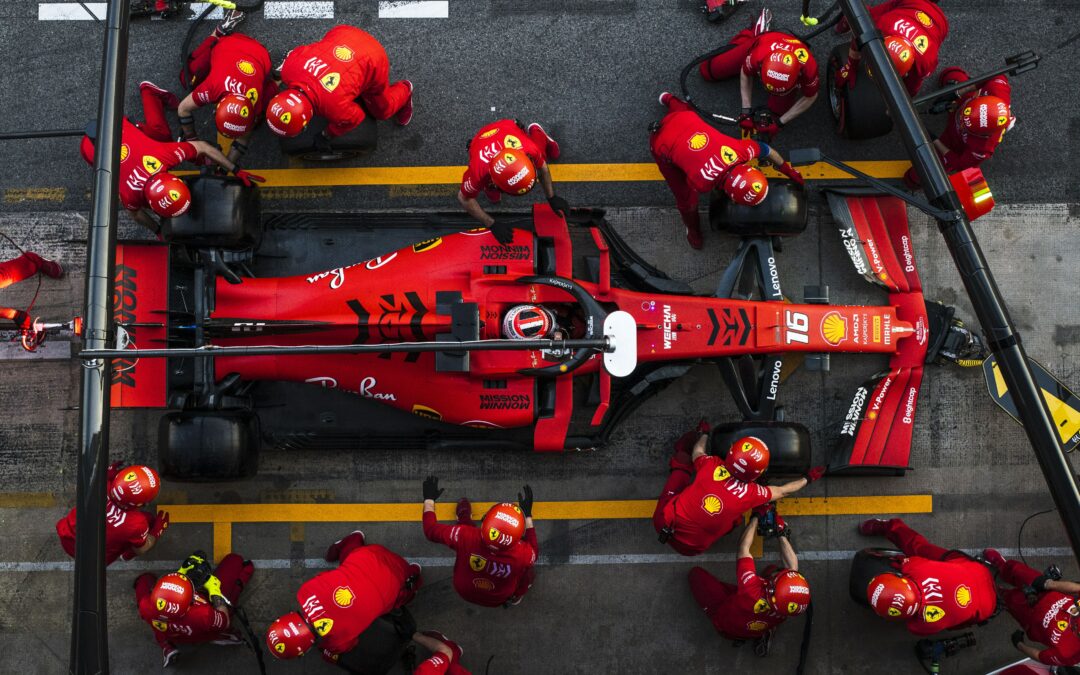IT TAKES MORE THAN A CHANGE IN ORGANIZATION STRUCTURE TO TRANSFORM CULTURE.
DAVE HANNA DISCUSSES THE FIVE KEY INGREDIENTS OF A HIGH PERFORMANCE CULTURE
Managers today are anxiously looking for ways to gain a competitive advantage in their challenging global markets. Some have chosen to develop a high performance culture to deliver their desired results.
A common approach to changing culture is to change organization structure. This approach has failed many times. High performance comes from realigning mind-sets, processes, systems and behaviors. Working on the whole system is essential to transform a culture; working only on one piece rarely moves an entrenched culture.
Dr André de Waal of the Maastricht School of Management has done some illuminating research on the subject of high performance organizations (HPOs), which has validated five factors that characterize an HPO. Here are some examples of Dr de Waal’s five key HPO factors: 
1. High quality management: A manufacturing head in Germany was frustrated with his plant managers. They were accustomed to supervising, not leading and coaching. High potential group managers were chosen for a special year long development program that focused on leading high performance organizations. In time, a new generation of plant leaders led the way to high performance and improved business results.
2. High quality employees: Ritz-Carlton has researched performance attributes that predict success in the service industry. One of these factors is “a strong desire to help others”. Only one out of 20 applicants is hired at Ritz- Carlton, but the chosen ones deliver the legendary Ritz-Carlton service with commitment and pleasure.
3. Long-term orientation: Procter & Gamble CEO,AG Lafley, chose to be more rigorous in evaluating product initiatives. Lafley’s emphasis was to do what was right for the market, not what fit with past traditions. During his tenure, several historical, venerated products were sold off when market data indicated their bleak future. But, during the same period, the number of P&G billion dollar brands increased from 10 to 23.
4. Continuous improvement and innovation: The president of a product development division sought to align his top 250 managers, aligning their priorities with the division strategy and with each other.After four days of deep analysis and dialogue, all individual priorities were aligned and finalised. In the following 12 months, the division delivered a record number of new products.
5. Open and action-oriented management: A senior manager in Sydney told me one of the secrets of her company’s industry-leading results.“We’re not like some other companies in Australia who turn over performance management to the human resources function.We own up to our responsibility to manage and guide our people to improve their performance.”
You should not assume from these five examples that these companies did only the one thing described here to develop a high performance culture. Each company also realigned other elements of their whole system.
In the world of culture transformation, each organization’s starting point may differ and each path to the goal may vary, but at some point all five HPO factors must be in force for a real high performance culture to emerge.
What makes a high performance organization (HPO)?
Dr André de Waal of the Maastricht School of Management has researched the answer to this question. His studies of 2500 organizations worldwide summarise the attitudes and behaviours that deliver truly high performance.1
HPO Factors



